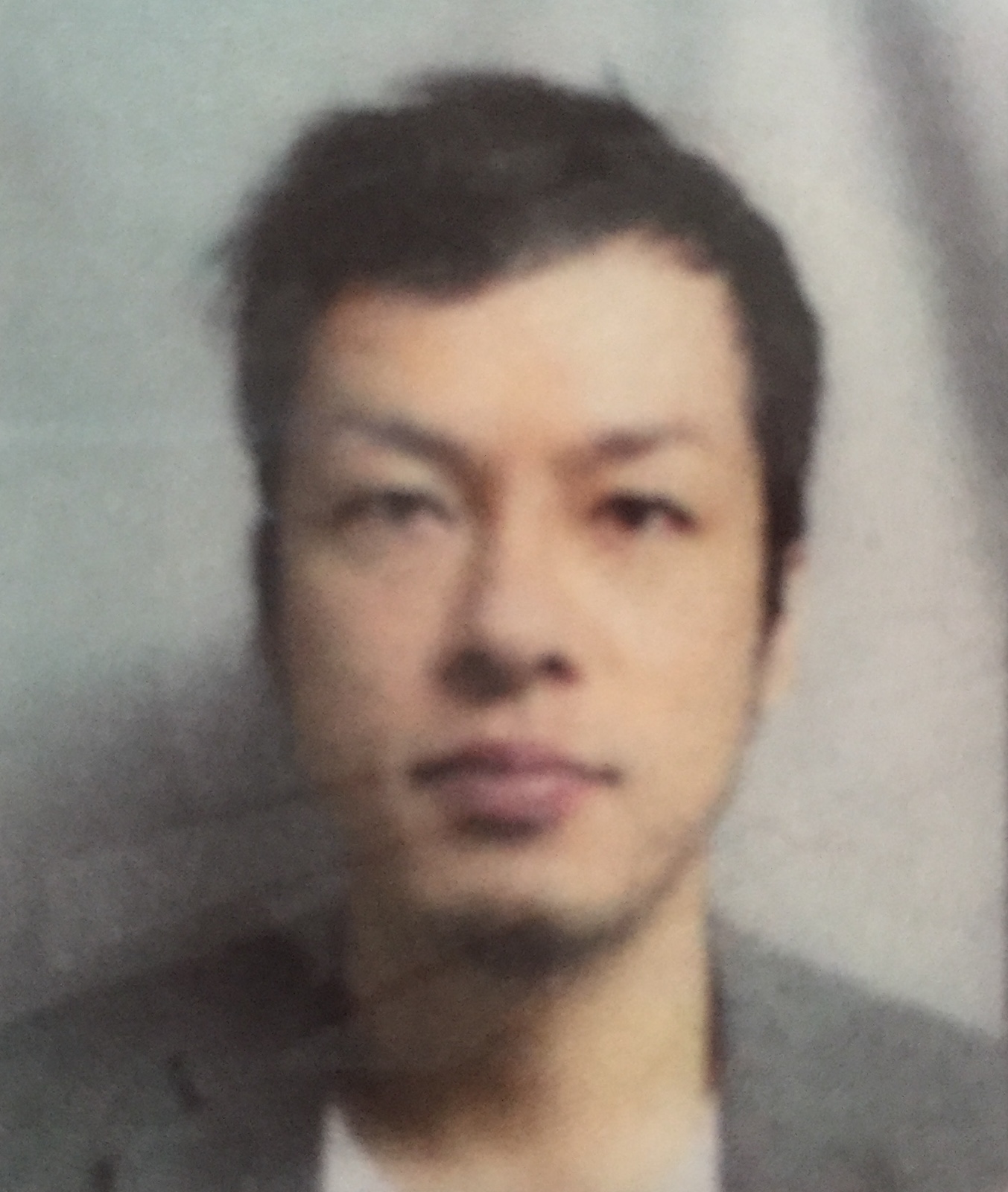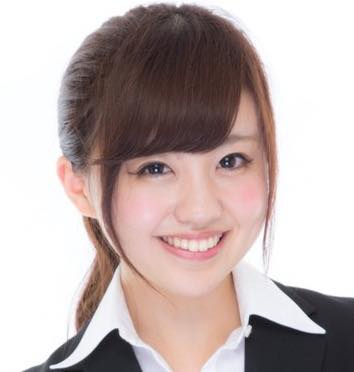Once you’ve mastered those five, you are not a beginner anymore.
As we reach the end of this article, we hope that you were able to learn all the basic self-introduction lines that you can use at school, work, online, or for casual interactions.
Let’s go 5 phrases for “Introduce Yourself In Japanese”.
1. Nice to meet you!
hazimemashite
The very first word you will need to start your self-introduction with is “初めまして (Nice to meet you)”.
“Hajimemashite” is a conjugation of “hajimeru,” which is a verb meaning “to begin”.
It literally means “I am meeting you for the first time”.
Saying “初めまして” is considered polite upon meeting someone for the first time and will help you leave a good impression.
It’s the same Japanese phrase you’ll use if you want to say to someone “Nice to meet you”.
Nice to meet you, everyone! (みなさん、初めまして! minasan, hajimemashite!)
Example
はじめまして。私の名前はトムです。
Nice to meet you. My name is Tom.
hajimemashite. watashi wa Tom desu.
2. My name is ◯◯.
watashino namaewa ◯◯ desu
Whether you are a student, tourist, or a new employee, learning how to introduce yourself in Japanese is most important.
The most common and simple way to introduce yourself in Japanese is the phrase
“Watashi no namae wa _ desu.”
It means “My name is _.”
- わたしの (watashi no) is the Japanese counterpart of “My”.
- なまえ (namae) means “name” in Japanese.
- わ(wa) is “is”.
so, this makes わたしのなまえわ(watashi no namae wa) means “My name is”.
| Japanese | English | Romanization |
| 私の名前は___です。___と呼んで下さい。 | My name is ___. Please call me ___. | watashino namae wa___desu. ___to yonde kudasai. |


My name is Catherine. Please call me Cate. (私の名前はキャサリンです。ケイトと呼んで下さい。watashino namae wa Kyasarin desu. Keito to yonde kudasai.)
Bear in mind that Japanese people rarely use “watashi” in conversation. When introducing yourself, you can omit the “watashi wa” if you’re comfortable trying to sound like a native.
You can’t omit “です(desu)”. Because “です(desu)” at the end of a sentence signifies politeness.
Also, when you’re asked “What is your name?”, you can answer with this phrase.
If you change after “hajimemashite” , then it will be casual or polite.


You can use it with “hajimemashite“.
Example
Casual
はじめまして。トムです。
Nice to meet you. I’m Tom.
hajimemashite. Tom desu.
Polite
はじめまして。私の名前はトムです。
Nice to meet you. My name is Tom.
hajimemashite. watashino namae wa Tom desu.
Very Formal
はじめまして。トムと申します。
Nice to meet you. My name is Tom.
hajimemashite.Tom to mōshimasu.
Very Formal/Business
はじめまして。Yokosoのトムと申します。
Nice to meet you. My name is Tom from Yokoso.
hajimemashite. Yokoso no Tomu to mōshimasu.
3. I am from ◯◯.
◯◯ shusshin desu
Aside from stating your name, it is totally normal if people will ask where you are from or your nationality.
shusshin is a noun word which means “come from” or “a place of one’s origin.”
If you’re a foreign person in Japan, state your country.
How to use
| 私は___出身です。 | I am from ___. |
If where you were born and where you currently live are different places, you can describe where you are living at the moment.
| でも今は___に住んでいます。 | But currently I am living in ___. |
This is the example of combined them;
| 私はニューヨーク出身です。でも今はマサチューセッツ州に住んでいます。 | I am from New York, but currently I am living in Massachusetts. |
Some people use “◯◯ kara kimashita“ which is not that bad. But it sounds “foreigners”. So using “◯◯ shusshin desu” is native-ish.
Very Formal/Business
◯◯ kara mairimasita
アメリカから参りました。
I’m from America.
Amerika kara mairimashita.
EXAMPLE
Casual


I’m from America. (アメリカ出身よ。 Amerika shusshin yo.)
Polite


I’m from America. (アメリカ出身です。 Amerika shusshin desu.)
Very Formal/Business


I’m from Japan. (日本から参りました。 Nihon kara mairimashita.)
4. Please be kind to me.
yoroshiku onegai shimasu
While you can always just end with thank you in the Japanese language, you can also say “Yoroshiku onegaishimasu,” to end your initial introduction.
The phrase よろしくおねがいします (Yoroshiku Onegaishimasu) formally ends your Japanese self-introduction.
This may sound awkward in English, but it’s an important greeting phrase in Japan to show your gratitude and humbleness.
Some Japanese learners put “どうぞ” before “よろしくおねがいします”, but it sounds old-fashioned. So, if you’re under 60, don’t put it.
EXAMPLE
Casual
よろしく(for men) / よろしくね (for women)。
Please be kind to me.


Please be kind to me. (よろしくね。 yoroshikune.)


Please be kind to me! (よろしく! yoroshiku!)
Polite
よろしくお 願いします。
Please be kind to me.


I usually use “よろしくおねがいします” in 90% of situations.
Polite/Business
よろしくお 願い 致します。
Please be kind to me.


Please be kind to me. (よろしくお 願い 致します。yoroshiku onegai itashimasu)
Formal/Business
よろしくお 願い 申し上げます。
Please be kind to me.


You can use this, but it sounds like “business e-mail”.
Review
1. Nice to meet you!
hazimemashite
2. My name is ◯◯
watashino namaewa ◯◯ desu
3. I am from ◯◯.
◯◯ shusshin desu
4. Please be kind to me.
yoroshiku onegai shimasu


Try to use these phrases to Native Japanese teachers with italki once not to forget these you’ve just remembered now!
\ Learn Japanese with a personal native teacher!/

Comments